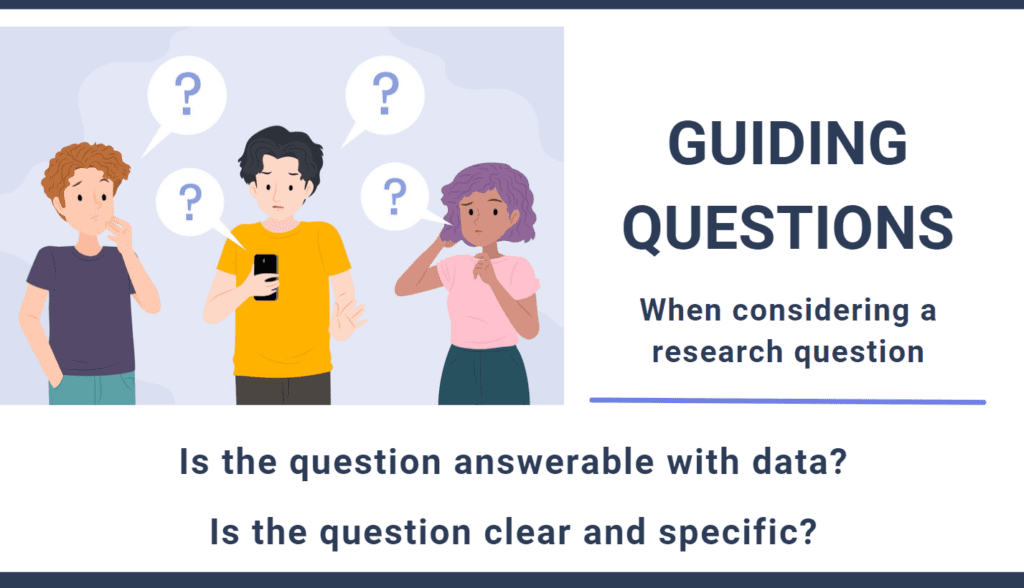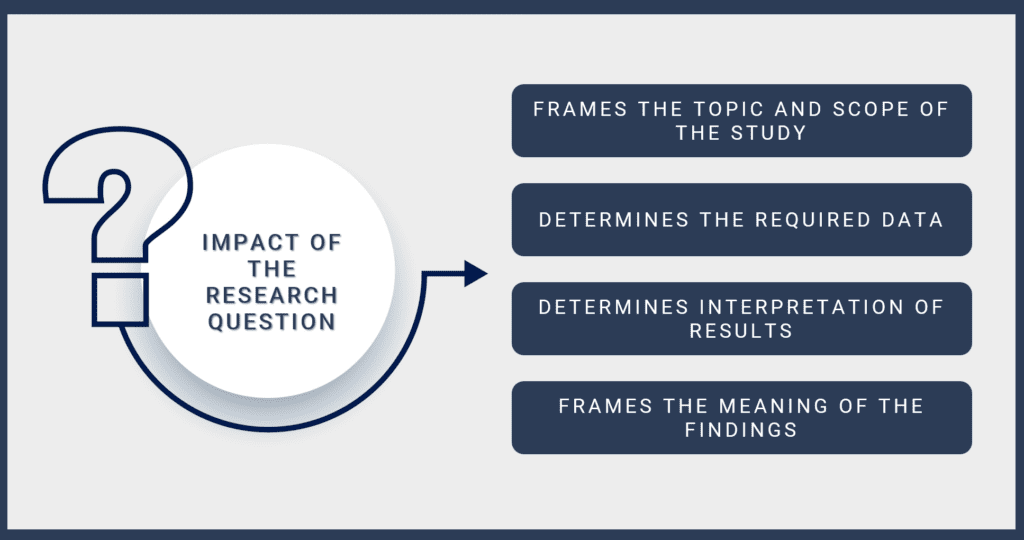Everyday questions, like ‘is it just a coincidence that every time you’re running late, the traffic seems to be worst?’ are more powerful than you might think. In fact, they are the starting point of a fascinating journey of discovery and understanding—the Statistical Investigative Process.
Our world is full of unanswered questions, and we, whether knowingly or not, are always seeking answers. From guessing the outcome of your favorite TV series to predicting the winner of the company’s annual softball tournament, we’re all amateur statisticians.
So, let’s harness this innate curiosity and learn about the Power of Questions in the Statistical Investigative Process. Let’s dive into how simple queries can trigger a cascade of data collection, analysis, interpretation, and ultimately, incredible insights. Are you ready to unlock the secret power of questions? Because I assure you, after today, you’ll see those everyday questions in a brand new light!
What to consider in a research question
When thinking about a research question, make sure it satisfies the following:
- Answerable with data. Your question must be answerable with measurable data. A research question should be answerable with data because researchers need to use evidence to find the answers. Data is like information that is collected and measured. By having research questions that can be answered with data, scientists can study things in a fair and objective way.
- For instance, a company might want to determine if employee participation in team-building exercises correlates with increased job satisfaction. While HR would have records of who attends these exercises, there might not be direct metrics on “job satisfaction.” To obtain this information, we might design a feedback form to measure employees’ sentiments about their job satisfaction.
- Clear and specific. A good research question will be clear about what is being studied.
- For example, we’re assessing the influence of engaging in team-building exercises on employees’ self-reported job satisfaction. Observe how we refined our initial thought from a general notion of job contentment to a detailed question about the potential connection between team exercises and employees expressing satisfaction. It’s essential to ensure our inquiries are distinct, detailed, and aligned with the insights we intend to gather
Understanding the impact of your question
It is important to understand how the research question impacts all of the steps of a statistical investigation. The research question does the following:
- Frames the topic and scope of the investigation
- Helps us know what we are searching for
- Sets the boundaries for our investigation and tells us what data we need
- Reframing the question answers a potentially related, but different question
- Determines the data you will collect.
- Focuses data collection on data that is directly connected to what you are trying to find out
- Helps you choose the best method for collecting the data you need
- Help you decide who to ask or observe
- Determines the interpretation of statistical results
- Guide how we interpret our results. In our scenario, we’re contrasting two sets: employees who engage in corporate training sessions and those who don’t. These distinct perspectives would entail varied metrics and interpretations. When focusing on feedback from training sessions, we’d assess satisfaction scores to determine if one group has a more positive response than the other. Alternatively, when examining office attendance, we’d review the average number of days employees were absent to see if one group exhibits better attendance than the other.
- Frames how results can be interpreted and what they mean
- You look at results in relation to your research question.
- Provides context for understanding the meaning behind the results
- Helps you see if your predictions were right or if there’s something unexpected that you need to think about
Case Study – Corporate Training Programs and Employee Productivity
David, a diligent corporate analyst, often found himself pondering during the company’s weekly training sessions. A thought sparked his curiosity – “Does the company’s training program impact employee productivity?” Intrigued by this, he decided to delve deeper and apply a Statistical Investigative Approach.
David recognized the significance of formulating a research question that could be answered with available data. The question had to be clear, specific, and directly related to the data at his disposal. He refined his initial inquiry, narrowing it down to: “Does participation in the company’s training programs correlate with an increase in employee output?”
By honing his question, David had established a robust foundation for his study. This question was directly related to his corporate environment, was explicit, and would lead to measurable outcomes suitable for statistical analysis.
Furthermore, David realized he could feasibly examine this question. He could procure data on which employees attended the training sessions from HR records and gather productivity metrics from performance reviews.
By ensuring his question was answerable with data, David was paving the way for a meaningful investigation. Embarking on his research, he felt assured that the strength of his question would steer his study and might even unveil significant findings. This exemplifies the potency of crafting a data-responsive research question in the Statistical Investigative Approach.

